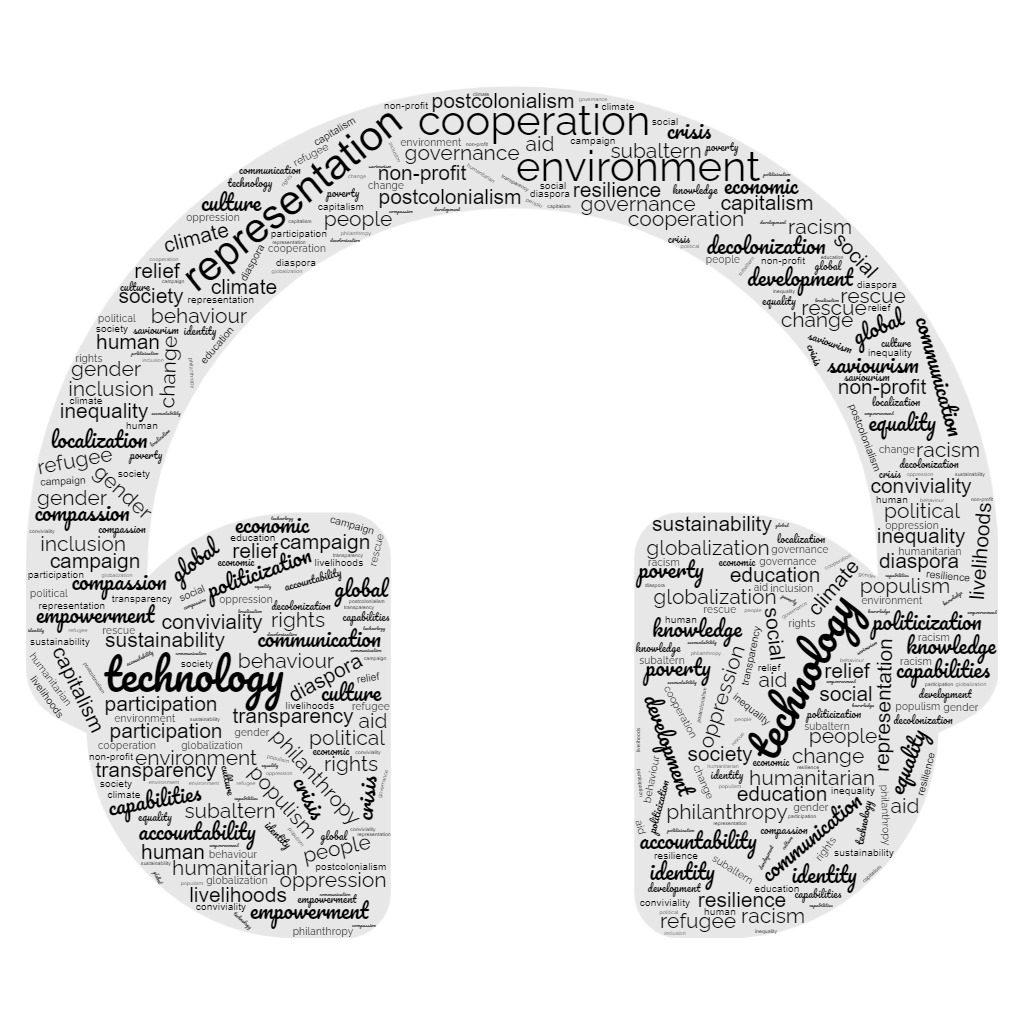Technology has revolutionized the way we communicate with each other. We are increasingly moving away from face-to-face interactions, engaging in regular exchanges through social media platforms. It is highly likely that you, too, are using social media platforms and have more than one account within digital networks. But what exactly do you use Social Media for? Have you ever thought about engaging in online activism? In this and my forthcoming blog posts, I aim to delve deeper into online activism, exploring how social media can be leveraged to raise awareness regarding social change and inequalities. But let us start at the very beginning with a few key concepts of digital activism.
In a broad sense, digital activism refers to political activism on the internet or political movements reliant upon it. Examples include socially and politically motivated endeavors, encompassing both digital or online iterations of traditional activist practices such as petitions and protests, as well as the utilization of internet-enabled digital technologies to prepare for offline activism, such as organizing an offline event via social media. What changed significantly within the last two decades, and why online activism is of great journalistic interest, is the shift from two-way communication to many-to-may mass communication across regional and national boundaries.
The influence of social media can, on the one hand, magnify unheard voices, rapidly disseminate information, enhance collaboration among individuals or groups of people. But also places of authority, such as governments, can be impacted by digital technologies. This amplification serves to challenge longstanding disparities in representation, allowing for a more inclusive consideration of a diverse range of viewpoints. The platforms provided by modern technologies and New Media provide a forum for marginalized and underrepresented communities to express their concerns and share their experiences.
On the other hand, as someone who is based in the global north, it becomes evident that many movements that are originated or at least gain attention are also based in the global north, which aligns with the idea that the study of communication has been long dominated by western influenced ideas. We could argue that theories and arguments originating in the western context may not fully suffice in comprehending communication processes and phenomena at the local and regional levels. When it comes to global online activism, there are many inequalities such as limited access to technology, censorship and government oppression, language barriers, both social and economic barriers, identity bias and many more.
However, one could contend that for genuine empowerment and the attainment of impactful results, there must be mechanisms in place to guarantee that any movement can flourish, irrespective of its origin or geographical location. By using a specific hashtag, it’s easier to find postings on the same topic and connect with like-minded individuals. Some movements and trends that have gained traction in both national and global discourse, in no small part due to their prominence on social media platforms, just to mention a few:
- #ArabSpring early 2010s
- #IceBucketChallenge in 2014
- #BringBackOurGirls in 2014
- #MeToo starting in 2017
- #FridaysForFuture starting in 2018
- #BlackLivesMatter starting in 2020
- #ProChoice starrting in 2022
As discovered by movements listed overhead, the rise of social media has the potential to establish virtual communities where individuals converge and find solidarity. With the right algorithm, news (but also fake news!) can now reach anyone. Examples such as the Arab Spring, Back Lives Matter or Occupy Wall Street demonstrate the worldwide impact that can result from the online dissemination of ideas, leading to large-scale gatherings that foster a sense of collective purpose. Above all this, and to make all this possible, stands the hashtag.

https://globalnews.ca/news/5806913/1st-hashtag-12-years-twitter-canada/
The earliest mention of the term ‘Hashtag Activism’ is found on the online international edition of the British daily newspaper ,,The Guardian’’ in September 2011 where it was used to illustrate the Occupy Wall Street protests. The concept of using hashtags on Twitter was initially suggested in august 2007 by the technologist Chris Messina, both on Twitter itself and in a post on his personal blog titled “Groups for Twitter, or a Proposal for Twitter Tag Channels”. [1]
Twitter initially introduced the hashtag as a tool to organize online conversations, and it was adopted by activists of the Occupy Wall Street Movement to coordinate protests. Since then, the term and symbol ‘#’ have been widely employed on various social media platforms, particularly on Twitter and Instagram, to strategize and coordinate social awareness campaigns, instigate protests and marches, share narratives, and unite communities, all with the aim of driving social change.
Please feel free to comment and share our blogs with your friends! 🙂
Photo Credit Header Image: https://unsplash.com/de/fotos/menschen-die-sich-tagsuber-vor-dem-brown-building-versammeln-ERoXfV4-l1Q

